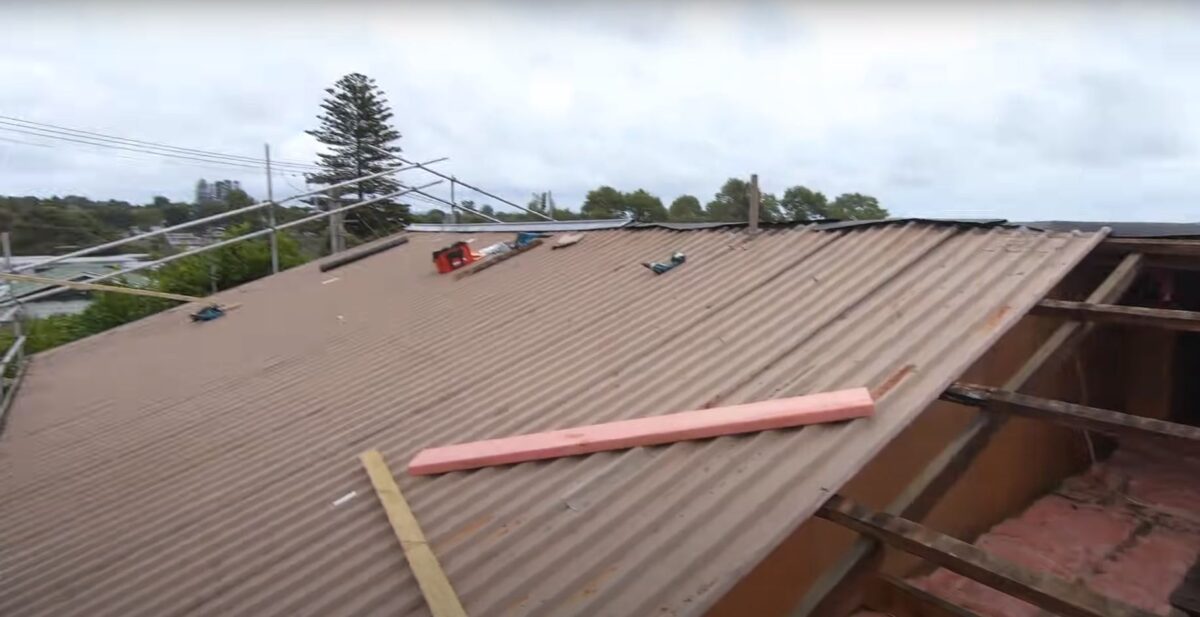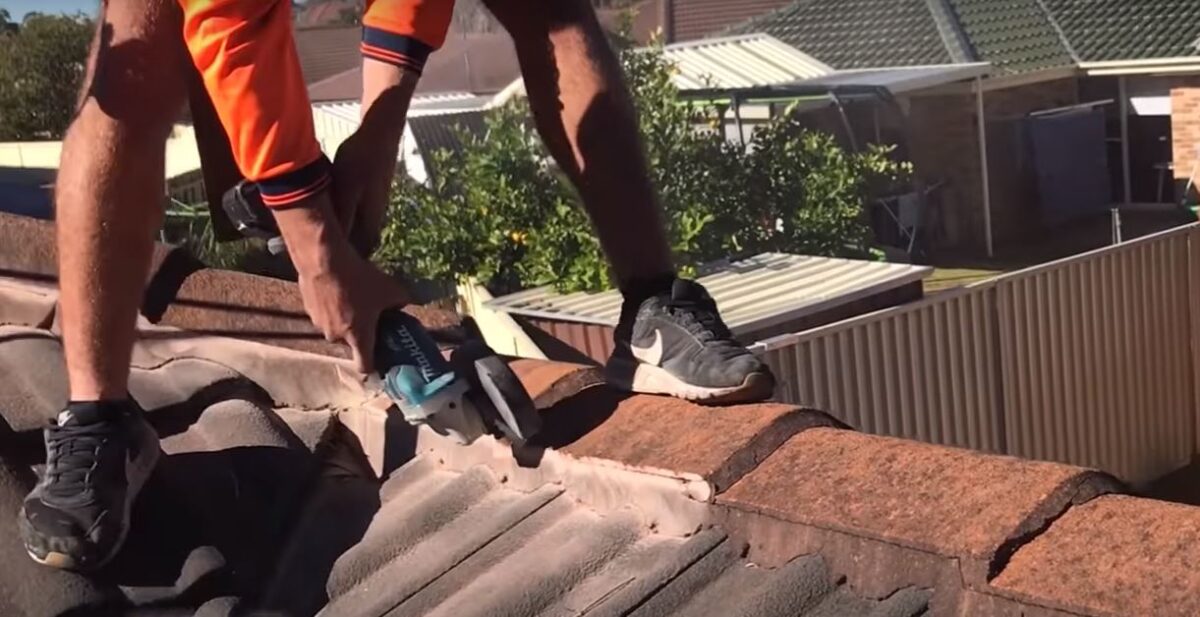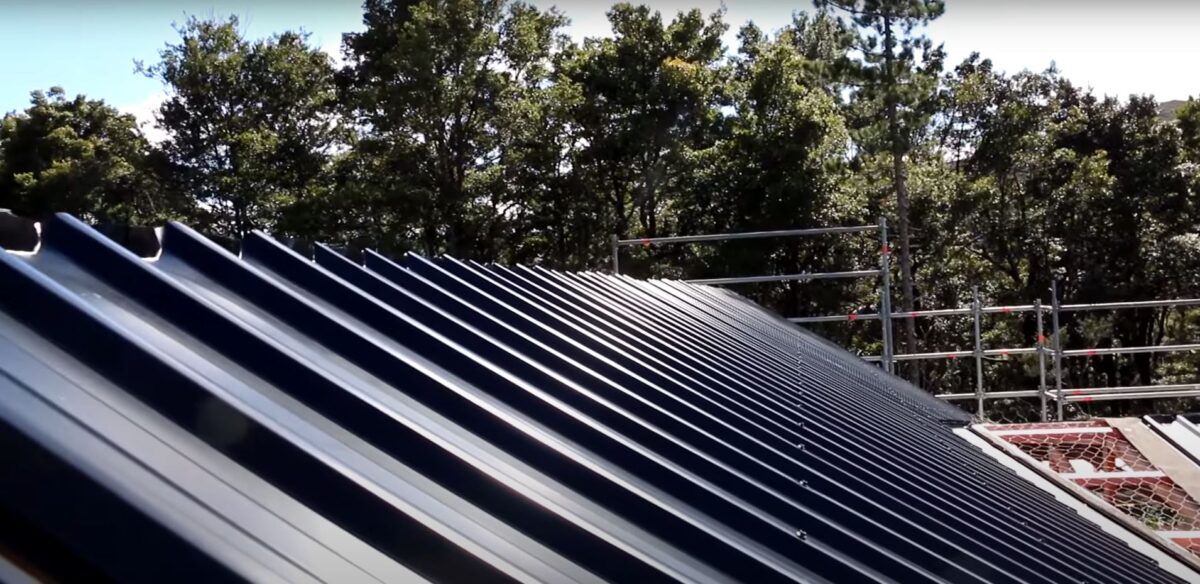Re-roofing vs Roof Restoration: Unravelling the Auckland Scene
Understanding Re-roofing
Re-roofing is essentially a process of completely replacing an old roof with a new one. When a roof has outlived its lifespan, developed numerous leaks or damage that is beyond repair, re-roofing becomes a necessity. It’s like giving your house a new protective shield.
Key Points of Re-roofing:
- Complete removal of old roof.
- Installation of a new roof system, inclusive of underlays and flashings.
- Suitable when your roof has severe damage or is nearing the end of its life.
Unveiling Roof Restoration
Roof restoration encompasses repairing and renovating the existing roof, extending its lifespan without a full replacement. This process might involve replacing broken tiles, re-coating or repainting, fixing leaks, or re-bedding ridge caps.
Key Points of Roof Restoration:
- Focusing on repairing the existing roof.
- Extends the life of a roof.
- Cost-effective alternative when the damage is minimal.
Metal Roofing Choices in Auckland and Their Estimated Costs
Given the Auckland weather, metal roofing is quite popular. Not only is it durable, but it also offers a sleek look. Here are the popular options:
- Zincalume: A blend of aluminium, zinc, and silicon. It’s corrosion-resistant and ideal for coastal areas like St Heliers. Estimated cost: $120 per square metre .
- Colorbond: Known for its vibrant colour range. It’s sturdy and resistant to harsh weather. It might be the choice for the vibrant suburb of Forest Hill. Estimated cost: $135 per square metre .
- Copper: Although pricier, it’s the epitome of durability and offers a regal appearance. Often seen in more upscale areas. Estimated cost: $350 per square metre .
- Aluminium: Lightweight and corrosion-resistant, a good pick for homes in suburbs like Avondale. Estimated cost: $200 per square metre.
Health and Safety in the Roofing Realm
In Auckland, there are stringent health and safety regulations for roof installations. Ensuring safety harnesses, edge protection, and fall prevention mechanisms can add to the cost. Especially in suburbs like Avondale, there’s a considerable emphasis on worker safety.
Auckland’s Bylaw Intricacies
The Auckland Council has specific bylaws concerning roof installation. Forest Hill, for instance, has heritage homes, which might have restrictions on roofing materials to maintain their historical integrity. St Heliers, being in the flight path, might have noise control regulations impacting the choice of roofing material.
Roofing Decisions: Factors to Mull Over
When deciding between re-roofing and restoration, consider:
- The current condition of the roof.
- Future maintenance costs.
- Longevity of the chosen solution.
- Aesthetic and functional requirements.
- The potential increase in property value.
Table of Costs and Considerations
| Roofing Option | Estimated Cost | Pros | Cons | Suitability |
| Zincalume | $120/sq.m | Durable, corrosion-resistant | Not as colourful | Coastal areas like St Heliers |
| Colorbond | $135/sq.m | Variety of colours, sturdy | Mid-range price | Vibrant areas like Forest Hill |
| Copper | $350/sq.m | Highly durable, regal appearance | Priciest option | Upscale areas |
| Aluminium | $200/sq.m | Lightweight, corrosion-resistant | Not as resilient as Zincalume | Suburbs like Avondale |
| Restoration | Variable | Cost-effective, retains roof structure | Not for extensively damaged roofs | Suitable for minor repairs |
| Re-roofing | Variable | New structure, longer lifespan, wide material choices | More expensive | Necessary for end-of-life roofs |
Aucklanders keen on ensuring their homes remain weather-tight and aesthetically pleasing should weigh in these factors, bylaws, and costs to make an informed roofing decision. Be it the breezy coasts of St Heliers or the vibrant lanes of Forest Hill, a good roof ensures your abode stands tall and proud.
Frequently Asked Questions: Re-roofing vs. Roof Restoration in Auckland
What is the main difference between re-roofing and roof restoration?
Re-roofing involves the complete replacement of an existing roof, while roof restoration focuses on repairing and renovating the current roof to extend its lifespan.
Which option is more cost-effective: re-roofing or roof restoration?
Roof restoration is generally more cost-effective as it deals with repairs and enhancements. However, if the roof is extensively damaged or nearing its end of life, re-roofing might be the more economical choice in the long run.
Are there any specific Auckland bylaws I need to be aware of for re-roofing?
Yes, Auckland Council has specific bylaws concerning roof installation. For instance, certain suburbs like Forest Hill might have restrictions on roofing materials for heritage homes.
How do I know if my roof needs restoration or a complete re-roofing?
If your roof has minor damages, such as a few leaks or broken tiles, restoration might suffice. But if there’s extensive damage, recurrent issues, or if it’s nearing the end of its expected lifespan, re-roofing is advisable.
What type of metal roofing is best for coastal areas like St Heliers?
Zincalume, a blend of aluminium, zinc, and silicon, is recommended for coastal areas due to its corrosion-resistant properties.
How long does a roof restoration process typically take?
The duration varies based on the extent of the damage, but a standard roof restoration in Auckland can take anywhere from 2 to 5 days.
What’s the lifespan of a newly installed metal roof?
A quality metal roof, when properly maintained, can last anywhere from 25 to 70 years, depending on the material.
How often should I get my roof inspected?
For homes in Auckland, it’s advisable to have a professional roof inspection every 2 to 3 years, or after severe weather conditions.
Do I need any special permissions for re-roofing in Auckland?
Depending on the area, especially in suburbs with heritage homes or specific zoning regulations, you might need permissions or need to adhere to particular guidelines. Always check with the Auckland Council before proceeding.
Can I stay in my home during the re-roofing or restoration process?
In most cases, yes. While the process might be noisy, it’s generally safe to stay in your home. However, ensure that safety measures are in place and be aware of workers and equipment around your property.



